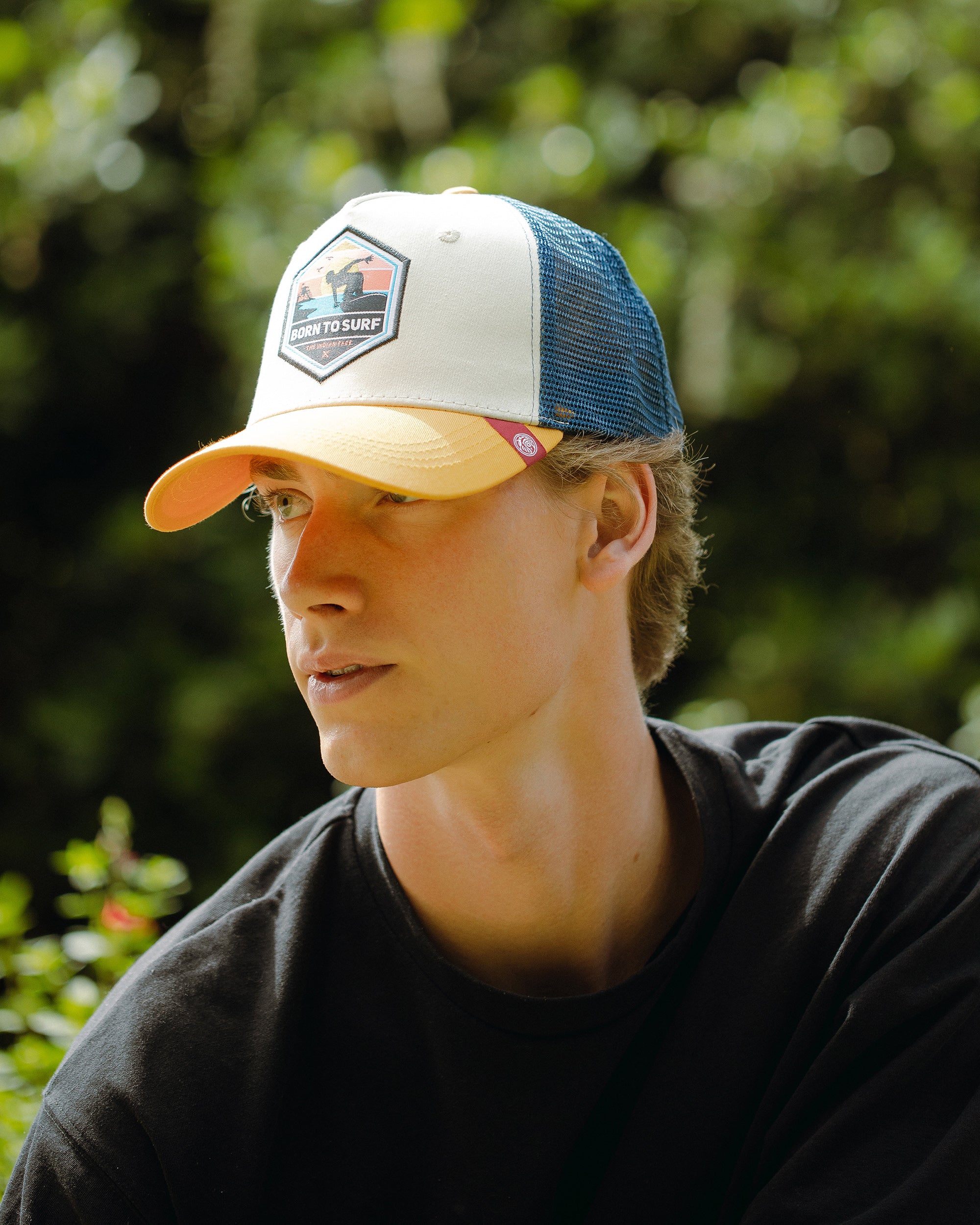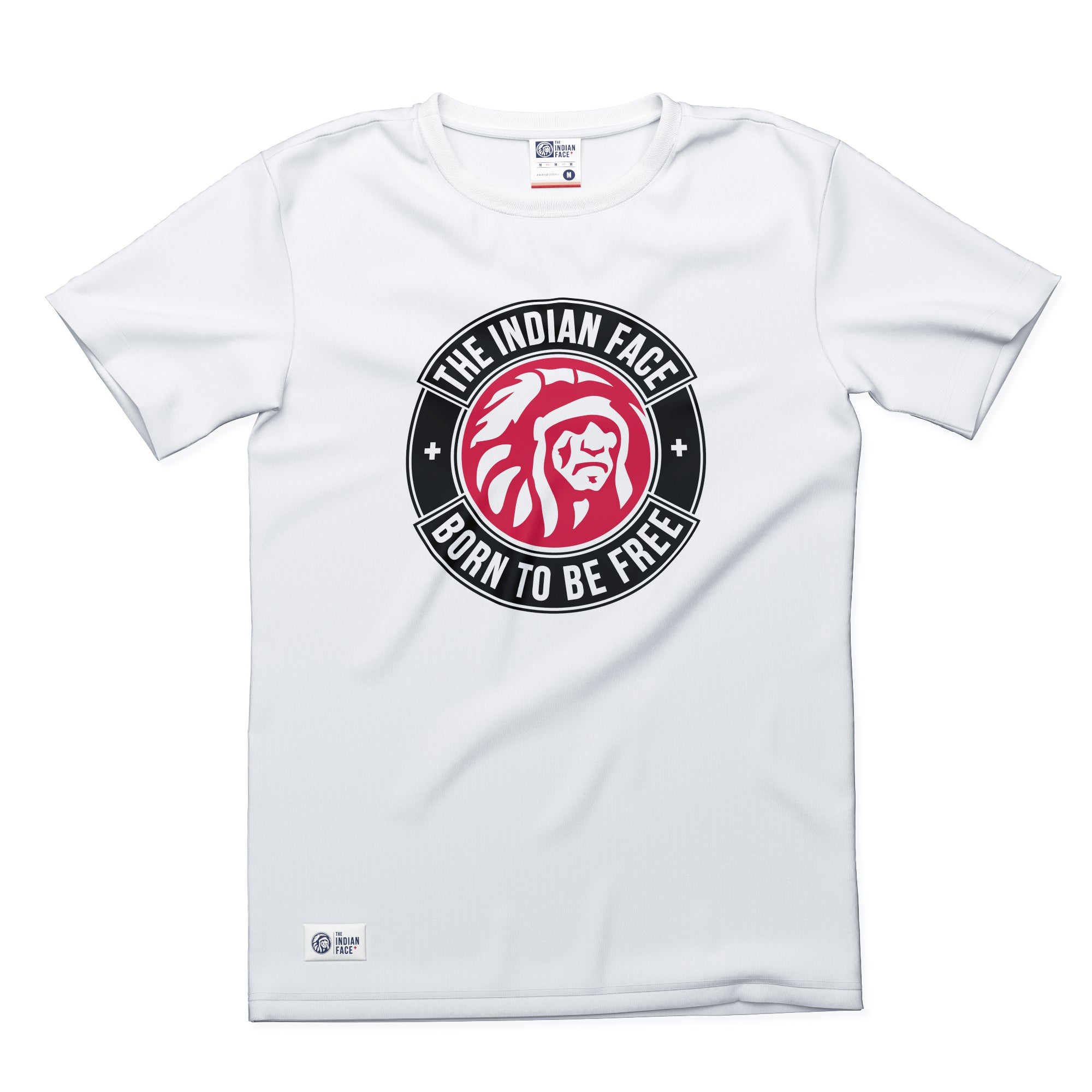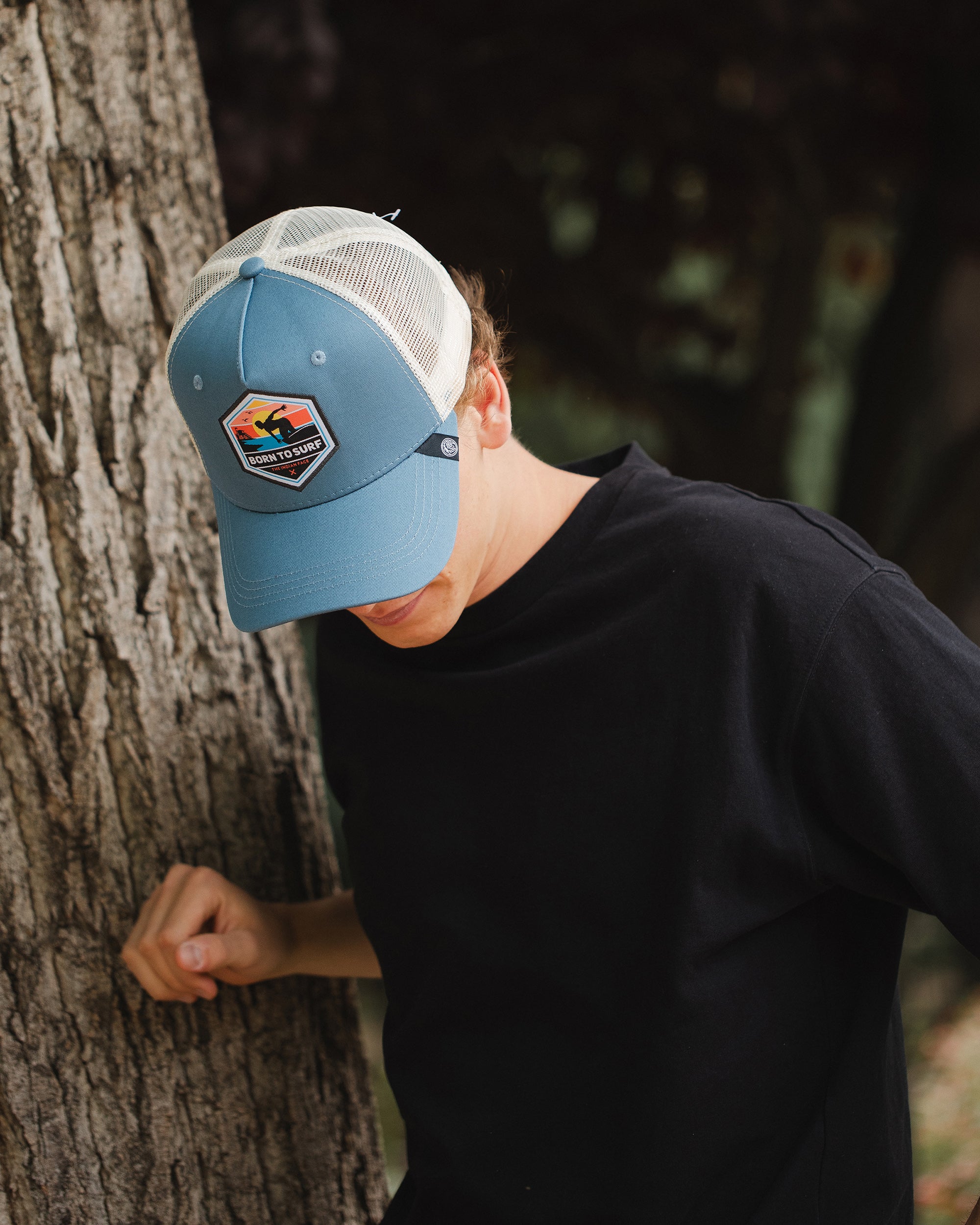To surf you only need two things: a surfboard and a wetsuit. Well, and most importantly - a lot of desire, of course! If you have been surfing for a while, then you probably already have your own equipment, but if it is your first time we recommend that you rent it. All surf schools offer you all the necessary material, so take advantage of this luck. However, if you still don't have your wetsuit and want to get one, we will be your trusted guide to teach you what to take into account when choosing the best surfing wetsuit for you. I wish we had been given these tips when we started. First of all, before anything else, you have to ask yourself several questions: When am I going to use it? How much do I intend to spend? How much am I going to use it? They are important factors because surfing in Cantabria is not the same as in the Canary Islands, for example. Depending on when you use it, you will need one thickness or another, depending on how much you are willing to spend, you will value some brands or others. What every neoprene must provide is: protection, comfort and flexibility. Here are our essential tips for buying a wetsuit . Write them down!
WETSUIT THICKNESS
This element varies a lot depending on the season in which you are going to surf, as well as the place where you are going to surf. The water temperature can vary a lot from one region to another, and it has nothing to do from winter to summer. Of course, the colder the water, the thicker the neoprene should be. You have to keep one thing in mind: a wetsuit has to be comfortable and should not reduce mobility. If you choose a wetsuit that is too thick, your mobility will be reduced, and it will be more difficult for you to maneuver during your surfing. In Spain, for the winter months, the ideal is to buy a suit of 5/4 mm, indicated for water temperatures of about 13° or less. With softer waters, around 16°, a 4/3 mm will be perfect. When summer arrives, the most versatile model will be a 3/2 mm, for about 18°. If you are lucky and you are going to surf in warm waters, from 22° to 27°, take the opportunity to wear a short neoprene, either a short 3/2 (by the knees and sleeve long) or a short (short sleeves and above the knees).

WETSUIT SEAMS: THE BIG DIFFERENCE
If you're just starting out and no one warns you about this, it's probably something you'll overlook. However, something to take into account when evaluating a suit are the seams. The neoprene seams can be sewn or sealed. A priori it may seem that the function is the same, and well, although the function is the same, the effectiveness is not. Check this out as soon as you walk into the first store: If you see that the seams are sewn with a thread, ask the clerk if they have seam-sealed wetsuits. In the case of the sewn ones, the quality is worse and more water will enter. What does this translate into? In greater sensation of cold . For its part, the sealed seams make sure not to let a drop of water through, which will mean you won't be so cold and, therefore, hold more time in the water.

WHAT NEOPRENE MODELS ARE THERE?
Models can vary greatly. Not only in its design, but also in terms of colors, shapes. also in its zippers. We are going to show you what kind of costumes there are according to these factors:
- NEOPRENE PATTERN
There are different shapes of wetsuits: from the classic long, which can include a hood for colder conditions; long-legged and short-sleeved; short leg and long sleeves; short leg and sleeve... This also varies depending on whether it is a male or female model. In the case of short suits, for example, the masculine ones end above the knees, while the feminine ones a few centimeters above. Choose the one that best suits the weather and water conditions where you are going to surf.

- ZIPPERS
Pay attention, because this detail that may seem irrelevant is key. There are wetsuits with a long zip along the back, some with the front zip (front zip or chest zip), and it is even the case of non-zip wetsuits as well. Think that a zipper will be a water entrance. The fewer zippers you have, the better body temperature will be preserved. However, it is also true that a suit with a back zip (back zip ) is easier to put on and take off. This will depend a lot on where you are going to surf and how long you want to train. If it is winter, the ideal will be a suit without a zipper. On the other hand, if it's summer and it's not too cold, a suit with a back zipper will give you more comfort.

HOW TO CHOOSE THE SIZE OF THE NEOPRENE?
The size you choose when buying a wetsuit is just as important as the previous aspects. To give you an idea: when you put on the wetsuit you have to feel like you're putting on a second skin. Wearing a large wetsuit is like not wearing one at all, as it will let the water in and it won't do any good. Therefore, it is essential that you look closely at this when trying it on. Once on, do some stretching and a couple of squats to see how it fits you. Make sure that it fits your body, and that it allows you to move with flexibility, that no seam rubs you, that it doesn't cause any wrinkles…
THE QUALITY OF A WETSUIT
The quality of a neoprene suit is given by its flexibility, its type of seams and the materials. The more mobility it provides and the more resistant it is to wear, the better quality it will be. Depending on the quality, its price will be more or less high. Keep in mind how many times you are going to use it: if it is your only wetsuit and you are going to give it a lot of use, look for one that is very durable, but if you are going to surf occasionally, you may prefer a cheaper one.
ACCESSORIES THAT ADD TO A WETSUIT
If you are going to surf in winter and it is cold, you will not only need to buy a wetsuit, but also other accessories. The socks for the feet are fantastic to protect you from the cold and will help you step on rocky bottoms. The gloves will prevent water from entering your hands and, therefore, it will be much easier for you to row, as well as protecting you from possible chafing. If you want to protect yourself even more, buy a neoprene cap. Although many people are a little reluctant to wear a hat at first, the hat is definitely the element that makes the difference. The feeling of cold causes a headache, especially when you do the duck, and the hat reduces this feeling.

TIPS ON HOW TO CARE FOR YOUR WETSUIT
In the event that you already have your wetsuit, try to make it last as long as possible in the best condition. This will depend on how you care for your suit. We are going to give you several tips so that, by applying them constantly, your wetsuit lasts much longer:
- RINSE IT WITH FRESH WATER AFTER EACH BATH
As soon as you exit the water, rinse your suit in fresh water for 2 minutes to remove all saltpeter. Otherwise, if you keep the salt, little by little it will crystallize, and with it it will lose elasticity and let more water in.
- HOLD YOUR SUIT AROUND THE WAIST, NEVER AROUND THE SHOULDERS
Wet neoprene, as it contains water, is quite heavy and the shape of the hanger itself can damage your suit. Therefore, forget about hanging it from the shoulders. oh, and choose a sturdy hanger! There are some special ones for hanging wetsuits.

- DO NOT ABUSE DRYING THE SUIT IN THE SUN
The suit is always hung inside out, inside out, so that the inside is the first thing to dry. Do not leave it in the sun for too long, as the rays can damage the fibers, losing elasticity and causing cracks in the future.
- BE CAREFUL WITH THE ZIPPERS
Don't forget the zippers. Rinse them completely with fresh water and, in the case of Velcro, make sure that it does not stick to the suit.
- NEVER KEEP IT WET
And our last piece of advice. Never ever put the wet suit away. Let it dry for as long as it needs, even if you have to use it again when it's wet, but don't store it with moisture.

These are our tips for you to get the best wetsuit. Keep them in mind when looking for your ideal outfit, and remember the most important thing. Do not let yourself be guided solely by colours, by design... The most important thing about any neoprene will always be that it meets these three conditions: C for comfort, P for protection and F for flexibility.
QUESTIONS AND ANSWERS
- WHAT SHOULD I KNOW BEFORE BUYING A WETSUIT?
First of all, ask yourself the 3 “C”: When am I going to use it? How much do I want to spend? and how much am I going to use it?
- HOW MANY MILLIMETERS SHOULD I BUY THE NEOPRENE?
This will depend on the temperature of the water where you are going to surf. In Spain, for the winter months the ideal is a suit of 5/4 mm, indicated for waters of about 13° or less. With softer water, around 16°, a 4/3 mm will be perfect. In summer, the most versatile model will be a 3/2 mm, for about 18°. If you are lucky and you are going to surf in warm waters (22-27°), take the opportunity to use a short or short neoprene.
- WHAT TYPES OF WETSUITS ARE THERE?
Depending on their pattern, wetsuits come in different shapes: fullsuits, (may include a hood for colder conditions); long and short-sleeved; short and long leg; full shorts (shorts)…
- HOW IS THE NEOPRENE ZIPPER LIKE?
The most traditional one has a long zipper that goes down the back (back zip). There are also wetsuits with a front zip at chest level (front zip or chest zip) or suits without any zipper.
- WHAT IS THE BEST CLOSURE FOR A WETSUIT?
That will depend on what your priority is. Wetsuits without a zipper withstand the cold better, since no water enters. However, a wetsuit with a back zip is very easy to put on and take off.
- HOW SHOULD I CARE FOR A WETSUIT?
In addition to choosing a good wetsuit, it is equally important to take care of it in the best way after each use. Its durability will depend on this. Our advice: rinse it with fresh water as soon as you get out of the water, always hang it by the waist, don't let it dry in the sun, wash the zippers well and, finally, never, ever store it wet.


















































